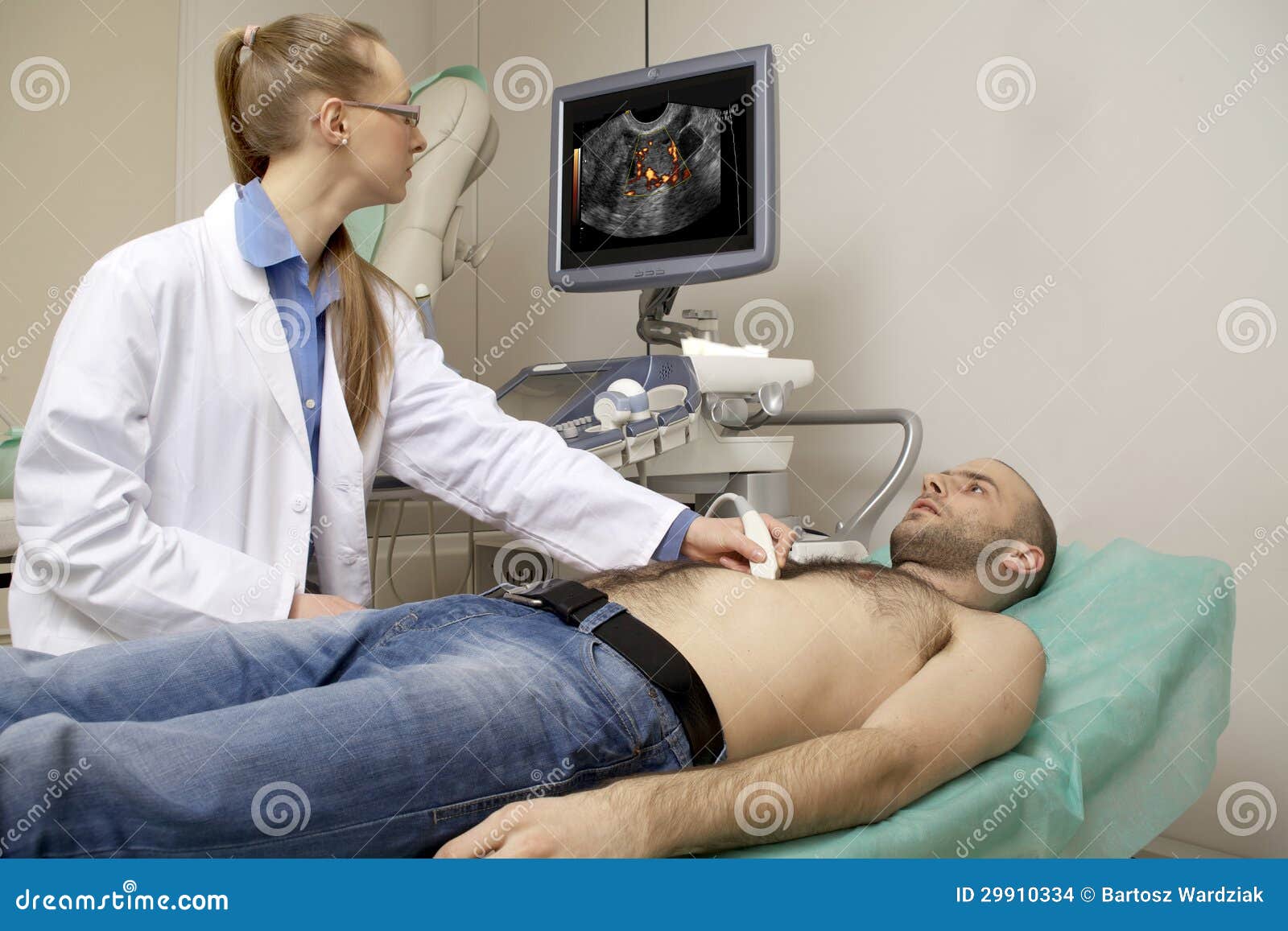
#Whats a sonogram how to#
You'll be given instructions on how to use the equipment. Or you might pick up the equipment at your provider's office.

They can interfere with the test's sensors, called electrodes.įor a home sleep apnea test, the equipment is delivered to you. But don't put on lotions, gels, colognes or makeup before the test. You may be asked to bathe or shower before your sleep study. Also don't nap in the afternoon before a sleep study. They may make symptoms of some sleep disorders worse. Alcohol and caffeine can change your sleep patterns. How you prepareĭon't consume drinks or food containing alcohol or caffeine during the afternoon and evening before a sleep study. This can be caused by the adhesive used to attach the test sensors to your skin.
#Whats a sonogram skin#
The most common side effect is skin irritation. Polysomnography is a noninvasive, painless test. People with insomnia have trouble falling asleep or staying asleep. This includes walking, moving around or rhythmic movements during sleep. This sleep disorder involves acting out dreams during sleep. People with narcolepsy experience overwhelming daytime drowsiness. Restless legs syndrome causes an uncontrollable urge to move the legs while you're awake, usually in the evenings or at bedtime. This condition is sometimes linked to restless legs syndrome. People with this sleep disorder flex and extend their legs while sleeping. In this condition, breathing stops and starts repeatedly during sleep. Sleep apnea or another sleep-related breathing disorder.Your health care provider may recommend a sleep study if it's suspected that you have: But sleep disorders can interfere with this sleep process. You cycle between NREM and REM sleep in about 90 minutes. You typically go through multiple sleep cycles a night. Most dreaming occurs during this stage of sleep. Your eyes quickly move back and forth during REM sleep. This sleep stage is called rapid eye movement (REM) sleep.

This is recorded during a sleep study with a test called an electroencephalogram (EEG).Īfter an hour or two of NREM sleep, brain activity picks up again.

During this stage, brain waves slow down.

The typical process of falling asleep begins with a sleep stage called non-rapid eye movement (NREM) sleep. It can identify if or when your sleep patterns are disrupted and why. This test may be done as an alternative to more-invasive procedures, such as angiography, which involves injecting dye into the blood vessels so that they show up clearly on X-ray images.Ī Doppler ultrasound test may also help your doctor check for injuries to your arteries or to monitor certain treatments to your veins and arteries.Polysomnography monitors your sleep stages and cycles. During a Doppler ultrasound, a technician trained in ultrasound imaging (sonographer) presses a small hand-held device (transducer), about the size of a bar of soap, against your skin over the area of your body being examined, moving from one area to another as necessary. Narrowing of an artery, such as in your neck (carotid artery stenosis)Ī Doppler ultrasound can estimate how fast blood flows by measuring the rate of change in its pitch (frequency).Decreased blood circulation into your legs (peripheral artery disease).Heart valve defects and congenital heart disease.Poorly functioning valves in your leg veins, which can cause blood or other fluids to pool in your legs (venous insufficiency).A Doppler ultrasound may help diagnose many conditions, including:


 0 kommentar(er)
0 kommentar(er)
